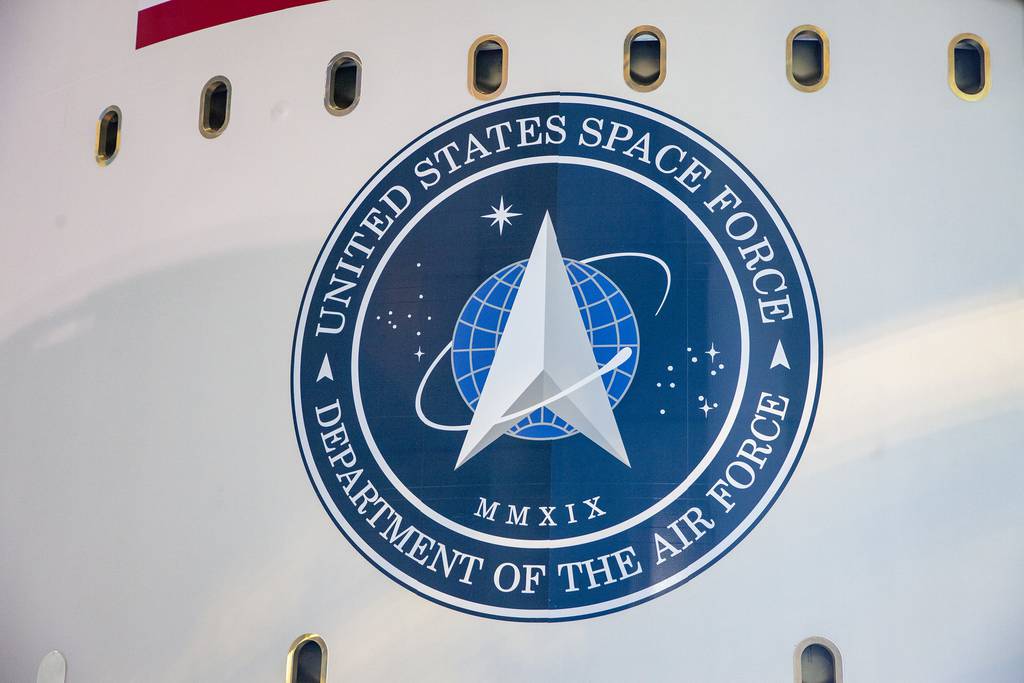WASHINGTON — The U.S. Space Force has awarded Lockheed Martin a contract to build a new anti-jamming communications satellite prototype, bringing the number of companies working on that program to three.
Under the contracts, each company will develop a prototype payload for the Evolved Strategic Satellite Communications program. ESS is intended to be the successor to the Advanced Extremely High Frequency constellation, which provides secure, survivable SATCOM for strategic communications.
“We understand the mission and the threat, and we’re committed to providing the Space Force and our war fighters with the best protected communications solutions for the Evolved Strategic SATCOM program that will help us stay ahead of the growing threat,†a Lockheed Martin spokesperson said in a statement.
Lockheed is the third company to be selected for the prototyping effort, having been awarded $258 million on Nov. 9. This follows a $298 million award to Northrop Grumman in September and a $298 million contract to Boeing in October. The prototypes are due to be completed in five years in the order in which they were awarded, with Northrop Grumman and Boeing given a May 2025 deadline and Lockheed given a June 2025 deadline.
Lockheed’s contract is expected to be the final ESS prototyping award, as Space Force 2021 budget documents noted that the service planned to issue three contracts at most.
“This approach will award up to three contracts in FY 2020 to focus on reducing space segment risks with the objective of maximizing ESS demonstrated capability for the payload and other key technologies,†the budget proposal read.
All three prototyping contractors will be brought through follow-on source selection until the follow-on contract is ultimately awarded.
ESS satellites are expected to work with and eventually replace the Advanced Extremely High Frequency, or AEHF, satellites, the sixth and final of which was launched into orbit in March. However, ESS will differ from its predecessor in a few key ways. First, the new satellites will have enhanced resilience and cybersecurity capabilities, according to the Space Force.
Also, the ESS constellation will include polar coverage — something not currently provided with AEHF. Instead, AEHF relies on the Enhanced Polar Systems satellites to extend the network over the polar regions.
Nathan Strout covers space, unmanned and intelligence systems for C4ISRNET.








